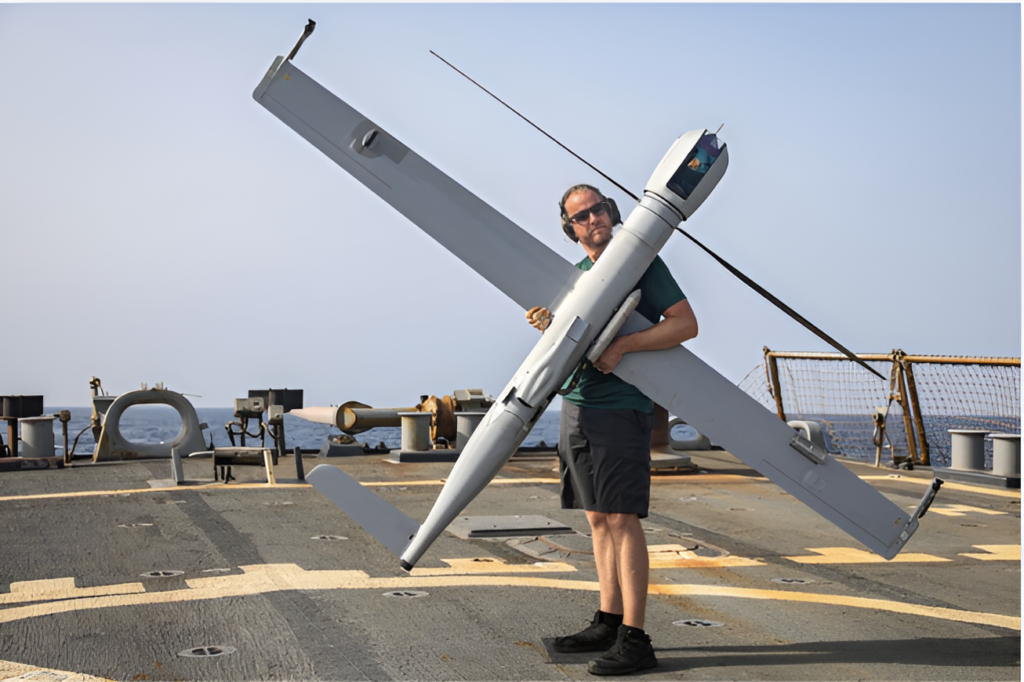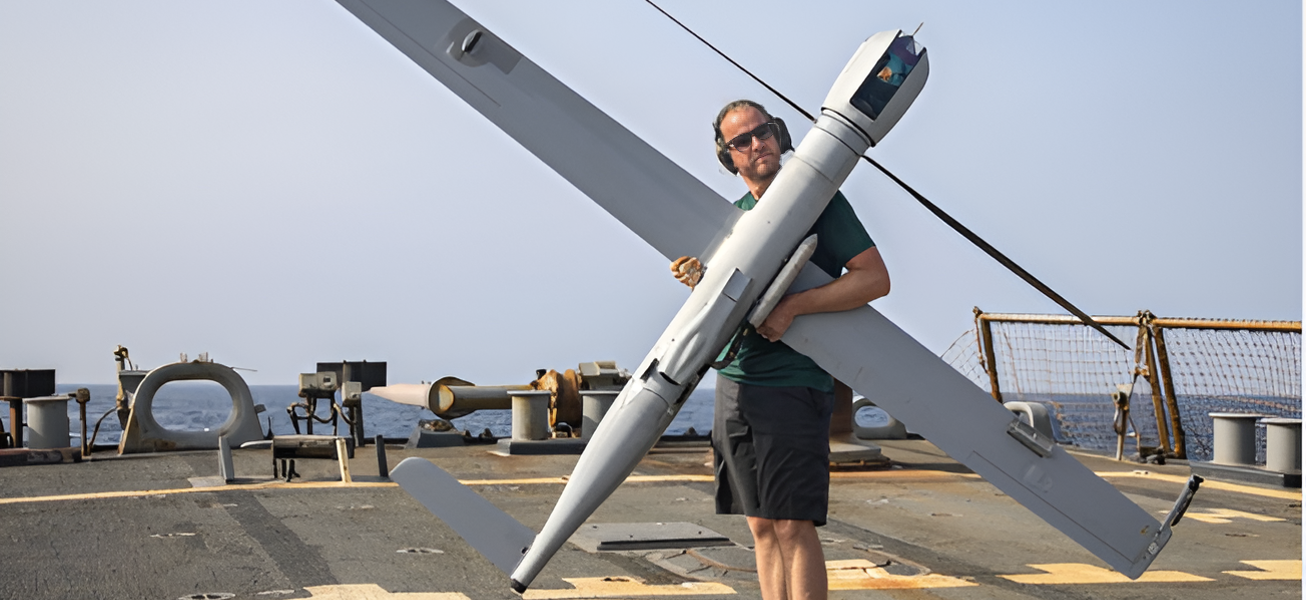
As military technology continues to evolve, the potential of drone swarms to shape future conflicts has captured the imagination of strategists worldwide. From the U.S. Department of Defense’s Project Replicator to Ukraine’s ambitious goal of producing a million low-cost drones by 2024, the idea of using swarms of inexpensive, expendable systems to gain battlefield advantage is emerging as a key concept in modern warfare. But how exactly can these swarms be employed to achieve strategic and operational objectives?
The concept of swarming leverages large numbers of low-cost systems to hold an adversary’s critical assets at risk. For instance, if China attempted an amphibious assault across the Taiwan Strait, small unmanned speedboats and air-launched drones could inflict significant damage on troop transports and destroyers. By increasing the risks and costs of such an operation, the swarm forces the adversary to either divert additional resources or abandon the mission altogether.
This cost-imposition strategy is not just about physical destruction—it’s also about creating uncertainty and fear. A dynamic, networked swarm capable of adapting to battlefield conditions can disrupt an enemy’s plans and force them to reallocate resources in ways that slow or halt their operations.
Ukraine’s innovative use of unmanned systems in the Black Sea offers a powerful example of swarming in action. Ukrainian forces have combined unmanned surface vessels with missile strikes, electronic warfare, and deception to keep Russian forces off balance. The cumulative effect of these actions forced the Russian Black Sea Fleet to retreat to safer waters, not because of outright defeat but due to the constant threat of further losses.
This example underscores the importance of combining swarms with other tools and tactics to achieve maximum impact. It’s not just the individual drones or vessels that matter but how they are integrated into a larger operational plan.
Swarms can make specific enemy actions prohibitively expensive. For example, in a hypothetical scenario where China seeks to capture outlying Taiwanese islands, swarms of unmanned air and maritime systems could attack high-value assets like amphibious ships and guided missile cruisers. If the cost of defending or replacing these assets outweighs the strategic benefit, the adversary may reconsider its approach.
Like mines and other obstacles, swarms can be used to deny key terrain to an adversary. Large numbers of drones could patrol contested air, sea, or land spaces, creating a persistent threat that complicates enemy maneuvers and forces them to take costly detours.
In crises involving nuclear-armed powers, swarms offer a low-risk way to delay enemy actions while political leaders develop responses. By presenting a credible threat without escalating to full-scale war, swarms provide breathing room for diplomacy and decision-making.
To fulfill these roles, swarms must be adaptable, networked, and interoperable with allied systems. They require sophisticated intelligence, logistics, and command structures to respond quickly to changes on the battlefield. This means that building effective swarming capabilities isn’t just a technological challenge—it’s also a matter of policy, planning, and international cooperation.
The rise of swarming as a military strategy signals a shift in how wars might be fought in the 21st century. By imposing costs, denying terrain, and buying time, swarms offer a flexible and cost-effective way to counter great-power adversaries. As military planners refine their strategies and develop new technologies, the swarm may prove to be one of the most transformative innovations in modern warfare.


